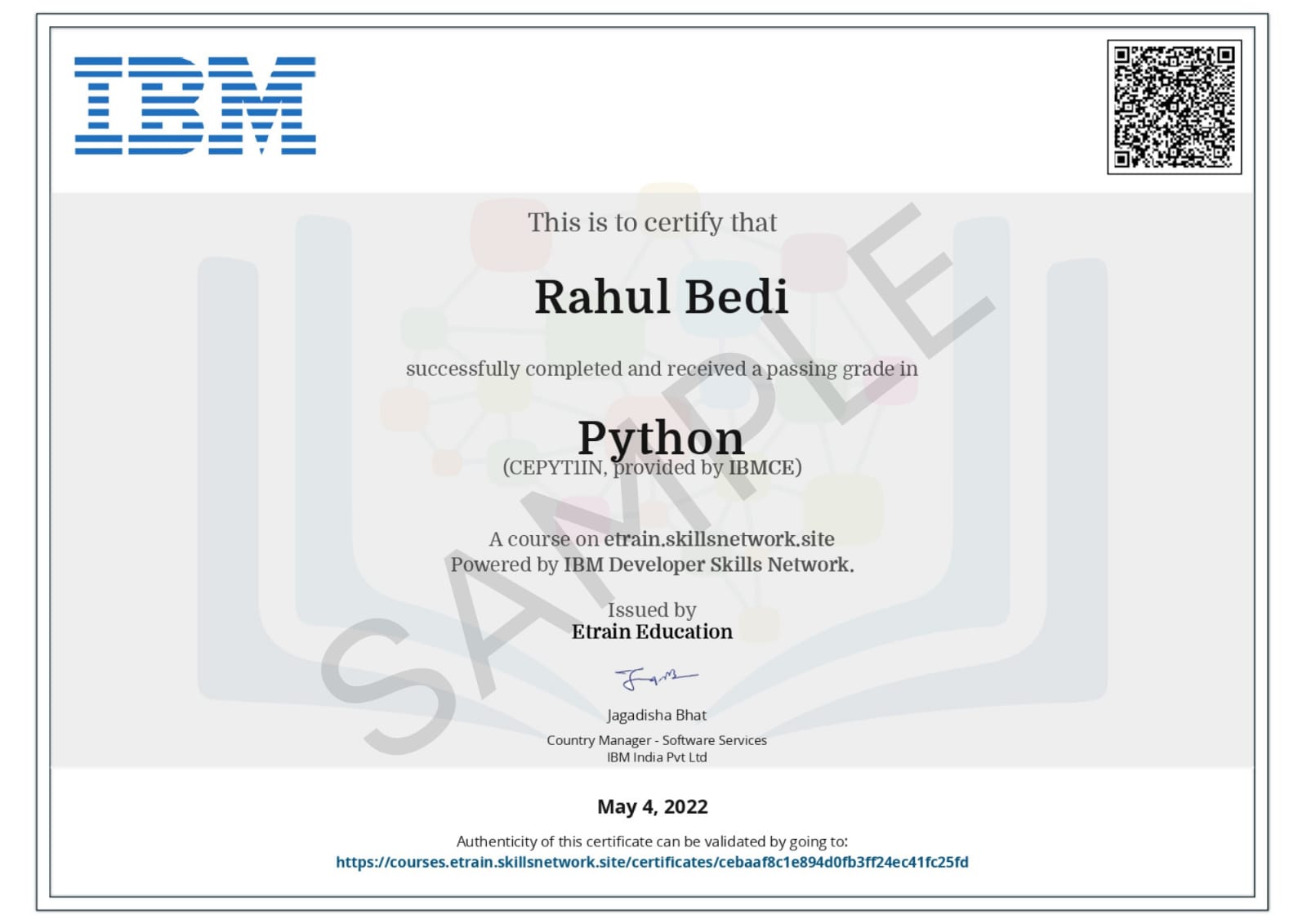SQL and Relational Databases 101
Master SQL basics, relational database concepts, and advanced queries with hands-on exercises and earn your certificate
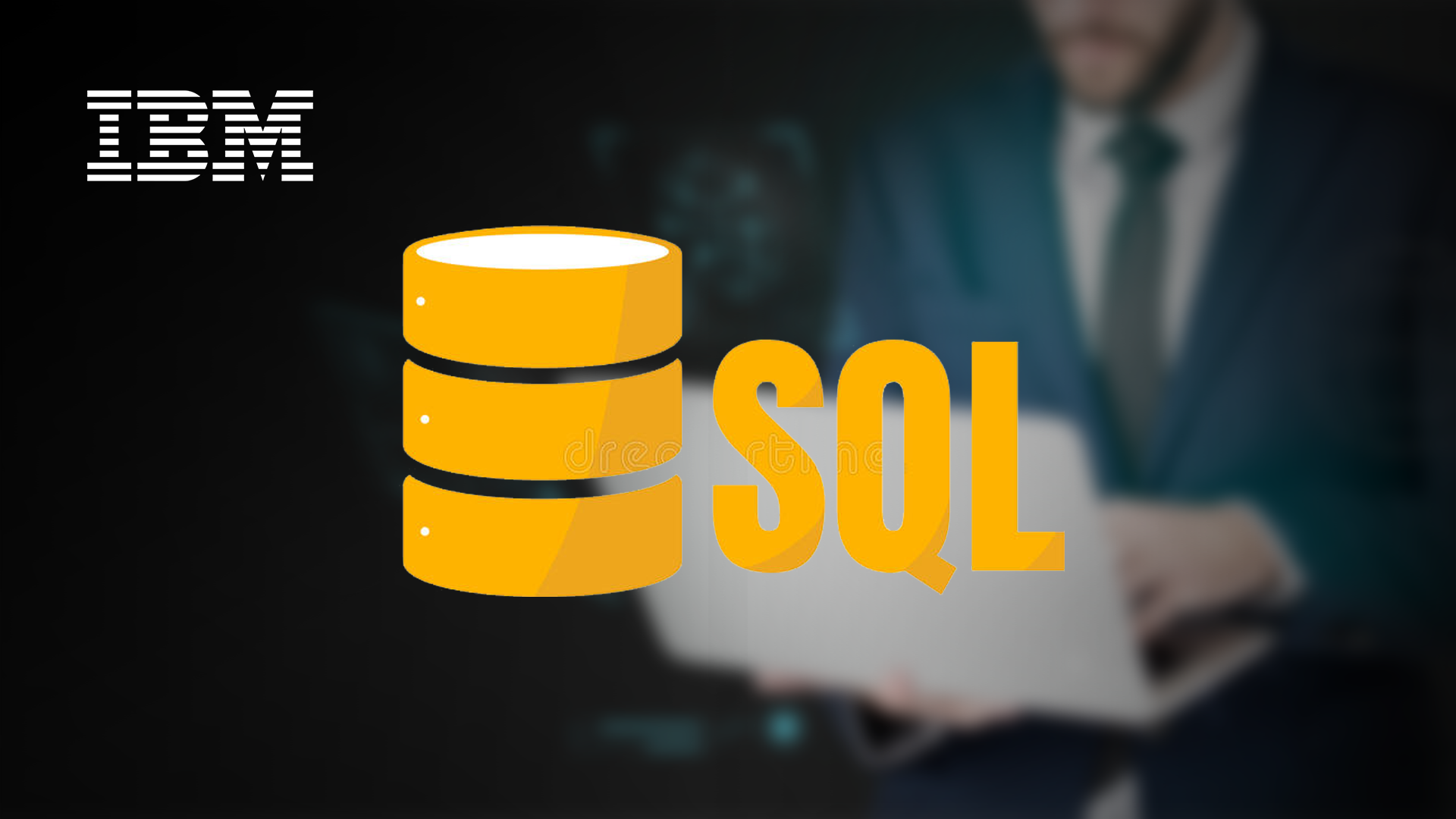

10000+
Learners Enrolled
4.7+ (7800+ Ratings)

Description
Data is one of the most critical assets of any business. Data needs a database to store and process data quickly. SQL is a language used for a database to query data.
In this introductory course, you’ll learn the basics of the SQL language and the relational databases. You’ll start by learning about the relational model and relational model concepts and constraints. By the end of this course, you will have learned and used the five basic SQL statements, some advanced SQL syntax, and join statements.
This isn’t your typical textbook introduction. You’re not just learning through lectures. At the end of each module there are assignments, hands-on exercises, review questions, and also a final exam. Successfully completing this course earns you a certificate. So let’s get started!
Want to see what's inside the course?
Program Details & Benefits
- Learning Category : Self Paced Online Learning includes Videos, Lab/Assignments, Hands on Practice Test along with Doubt Clearance Session.
- Learning Hours : 60+ Hours.
- Language : English.
- Certification : Our Certifications Upon Successful Completion of Online Exams.
- Job : 100% Job Assistance.
Outcomes
- Industry-recognized certification for global job opportunities.
- Enhanced skills for career growth and advancement.
- In-demand expertise for roles in tech and business.
- Access to job placement support and career guidance.
- Preparation for freelancing or entrepreneurial ventures.
You may also like our Fast Track Career Programs
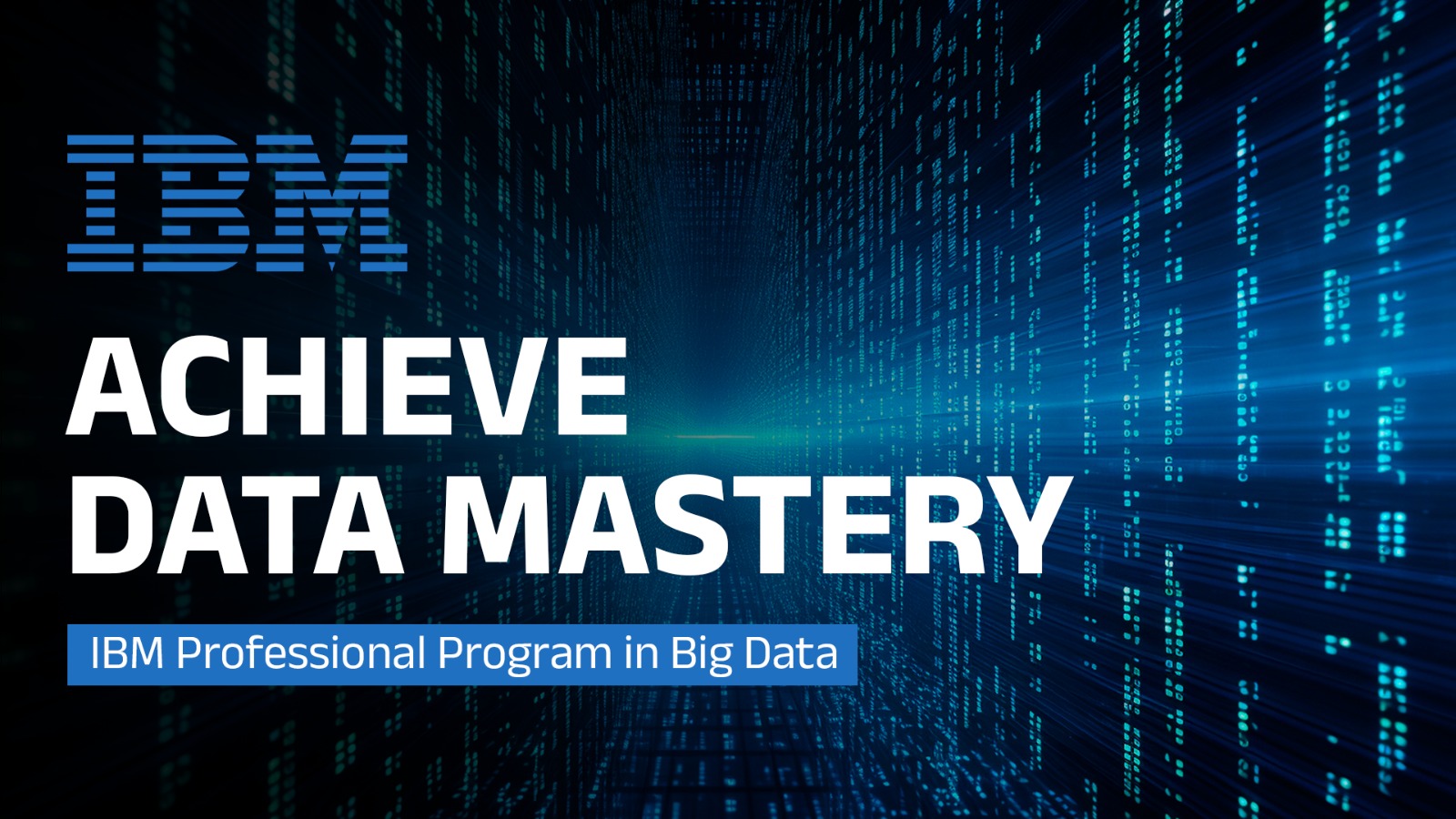
IBM - Big Data Analytics Professional Program
60+ Hours
4.9/5
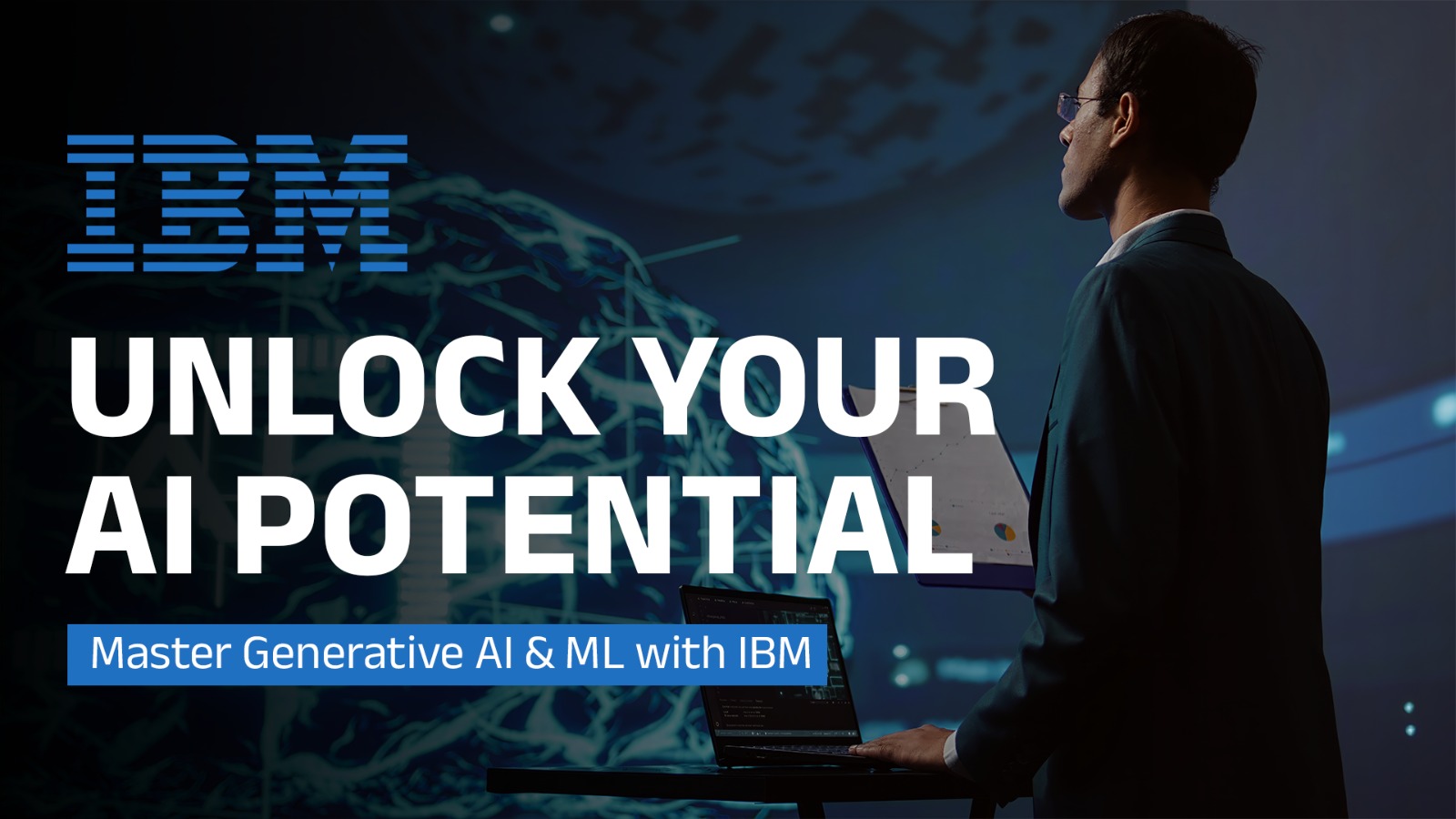
IBM - Generative AI & ML Professional Program
60+ Hours
4.9/5
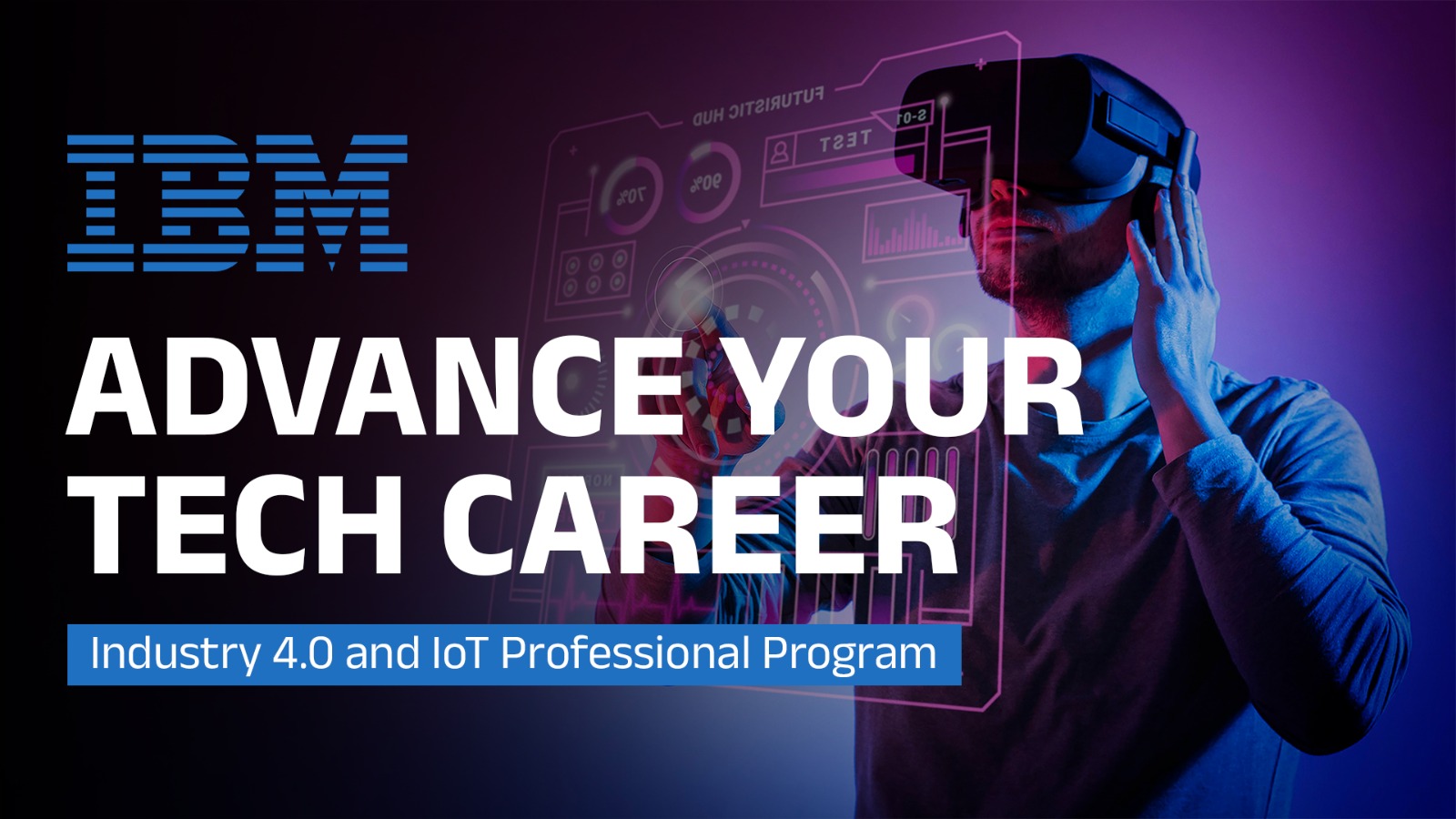
IBM - Industry 4.0 with Internet of Things (IoT) Professional Program
60+ Hours
4.9/5

